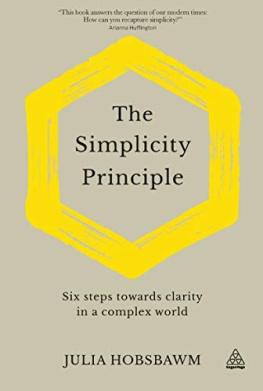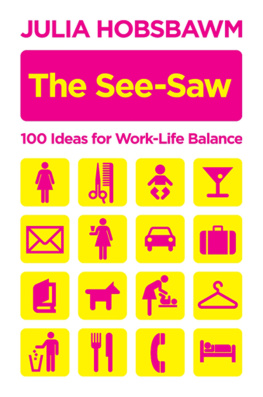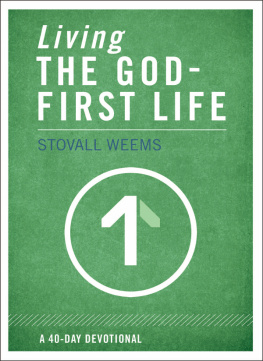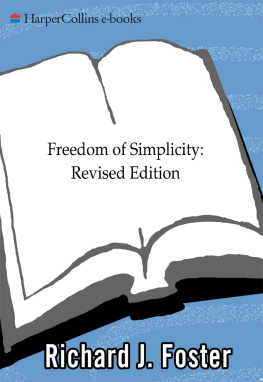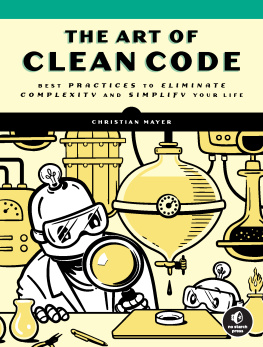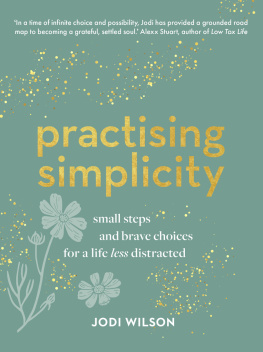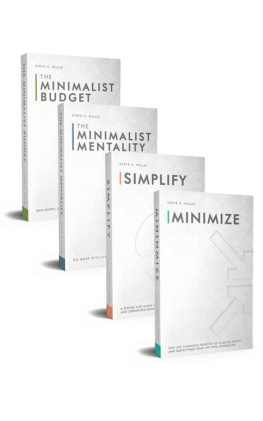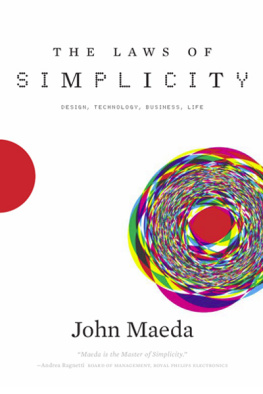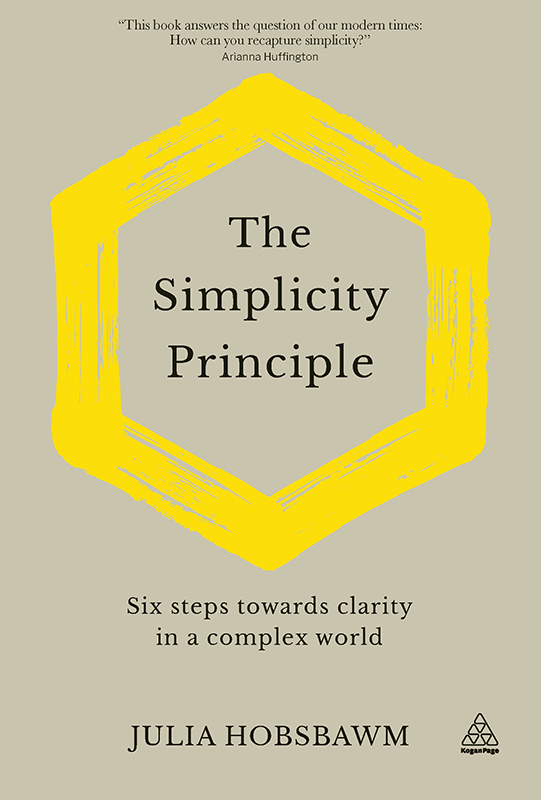
To Jessica Morris, Hexagon Thinker par excellence and founder of OurBrainBank, for her simple courage. And to the memory of Tommy Helsby, much missed.
The best bee in the world can teach only what she herself knows.
JULIEN FRANON
Preface
Introduction
It started with a KISS
Killer complexity
The CAT versus the KISS
The most complicated system in the universe
Complexity cut-off
What does success look like?
Part One Keep It Simple, Sweetie
Keeping your balance: The simplicity spectrum
The needle in the haystack
The balancing beam
Selling simplicity
Lifes hard and soft edges
The burdens of complexity
Plain and simple
Complex versus complicated
Mirror, signal, manoeuvre
The complexity test
Six packs: Introducing Hexagon Action
The perfect number
Actions speak louder than words
The power of six
Hunting the hexagon
Show me the honey
Simplicitys poster-species
From principle to practice: Think in sixes
Simple geometry
Six simple mantras
Part Two Sides of simplicity
Side 1: Clarity
Decision
A ttention
Habit
Purpose
Boundaries
Housekeeping
Six-Fix
Side 2: Individuality
Identity
The Digital Self
Neurodiversity
Creativity
Integrity
Place
Six-Fix
Side 3: Reset
Release
Mind-less-ness
Curiosity
Nature
Breath
Fun
Six-Fix
Side 4: Knowledge
Trust
Wisdom
Known Unknowns
Learn
Curate
Remember
Six-Fix
Side 5: Networks
Hierarchy of communication
Superorganism
Networks
Social capital
Salons
Social Six
Six-Fix
Side 6: Time
Deadline
Schedule
Global villages
Interruption
Body clock
Past and present
Six-Fix
Part Three Hexagon Action in action
Six Hexagon Thinkers
Massimo Bottura
Faith Osier
Satish Kumar
Arianna Huffington
Jessica Morris
Greta Thunberg
Be the bee
Foraging, dancing and pollinating
Six-Fixes + 6
1 Clarity
2 Individuality
3 Reset
4 Knowledge
5 Networks
6 Time
Six more ideas
Acknowledgements
Notes
Further reading
Index
Life is really simple, but we insist on making it complicated.
CONFUCIUS
I wrote The Simplicity Principle to reconnect us to human-scale, human-level solutions in a superfast machine-filled world, and to pass on what I have learned and what I practise myself. Where possible I follow my own principles. When I do, I feel clearer, more creative, productive and on track. When I dont, I immediately know it like a week without exercise or a holiday blowout on all the wrong foods.
Simplicity is an age-old concept. Back in the 14th century the British logician and Franciscan friar William of Occam stated that that simple works better than complicated. This clever chap wrote that Numquam ponenda est pluralitas sine necessitate which for those of you who, like me, did not advance hugely in Latin at school translates as Never undertake plurality without necessity. This has become known as Occams razor. I think it is a pretty good 14th-century summary of this book.
Even further back in time the Greek philosopher Aristotle described Eudaimonia , which conveys a sense of happiness or blessedness a thriving in the world. When you flourish, everything fits together, everything flows and just works, even if you are not completely sure why. Like a sixth sense, you just know when something is right, and its a simple, certain feeling. In the modern world we talk less about flourishing and more about resilience as if we must survive rather than thrive. It is hard to flourish in a world beset by speed, scale, stress and uncertainty. Everywhere we look we can see the hallmarks of progress mixed with setback for humans. We are caught in a web of complexity, binding us tightly into systems and layers which can feel suffocating. It has become normal to manage a blizzard of codes and passwords, and to hold in balance being offline and online as if we are all experienced jugglers. Is it normal? Well, the new-normal. But it is often complicated.
Not that the quest for simplicity is only about mastering our use of technology. No one is saying that complexity began with the internet: certainly not me. We humans make what we use, and even the new generation of artificial intelligence and robotics will be largely designed, built and monitored by us. The change if we want to make it is not modern, high-tech and expensive. It is ancient, low-tech and every one of us can afford it: we can think about and do things differently.
This book is a how to, not just for individuals but for teams, for leaders and all those who, like me, chew on the endless toffee-stick of complexity where we know, deep down, that it doesnt have to be like this. Whatever you do in life, whether you are a student, a business leader, a manager, a freelancer, a parent juggling children and work, or newly retired, I wrote this book for you. I wrote this to help you break free of too much choice and complexity, and to help you gain control of your focus and productivity.
I wrote this book for myself, to keep me connected to the simplicity I crave in a happy but overloaded life. Like you, I have different roles and responsibilities. Like you, I realize that the idea of productivity is not about working all the hours available, and not about being always-on, but finding the balance between work life and home life. I have used over 30 years of experience as a consultant, entrepreneur and educator, learning as I listen to others about what they want to cut through complexity. The result is this, the Simplicity Principle.
My proposition is simple. Complexity does not have to dominate, complicate or clutter our lives. We can learn to streamline and simplify what we focus on and where we place our energy and intelligence instead. I want to share with you my ideas for keeping things simple in all manner of situations and help you cut through complexity. The Simplicity Principle is based on two central ideas summed up in six words: Keep it simple. Learn from nature.
These six words Keep it simple, Learn from nature are the Simplicity Principle in a nutshell.
Flourish through simplicity
Putting the Simplicity Principle into practice should feel simple and it should feel right. It may not always be easy: thinking and changing behaviour requires commitment, curiosity, trial and error. But there is nothing complicated about it. There is nothing to pay, other than the price of this book. There is nothing to memorize, nothing to work at. Just see what triggers recognition or excitement and see what you want to try out for as little as six minutes, six hours or six months.
Using the techniques outlined in these pages, I hope that you can flourish again. Perhaps you will even experience a sense of flourishing for the first time. Of course, if you think that your life is fine as it is, perhaps busy but not overloaded, or richly rewarding rather than frustrating, or if you already have a system to get through stuff in your life, then save yourself some valuable time and put this book down! But of course I hope you do read on, so I can share not just my ideas but some interesting findings about how we think and behave which you might find useful. I hope that you will find the Simplicity Principle useful as Im all for doing as well as thinking, for action. So I hope that the system of Hexagon Action will become as useful to keeping your life and career on track as keeping to 10,000 steps a day, or consuming five-a-day of your fruit and vegetables. The Simplicity Principle is about a new kind of health, wellbeing and fitness which takes place outside of the gym. It is part of what I call Social Health, which is how we connect to our lives, each other and technology in the digital era.
Next page
